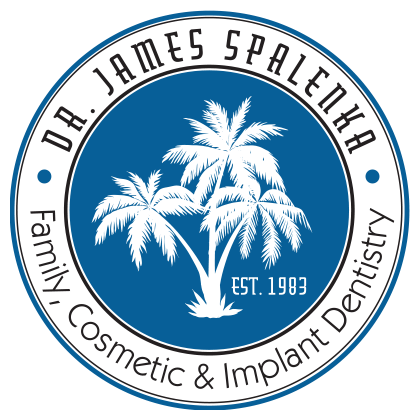Dental Sealants
Sealants effectively prevent tooth decay. A thin coating of sealant painted on the chewing surface of the teeth bonds to grooves and forms a shield over the enamel.
Brushing and flossing will remove most food particles and plaque on smooth surfaces, but the bacteria can hide in uneven surfaces at the back of the mouth (premolars and molars). Sealants do a great job of protecting these vulnerable areas.
Who Should Get Sealants?
Children from ages six to fourteen are particularly vulnerable to cavities, so this is a critical age to have sealants on their premolars and molars. In some cases, sealants on baby teeth are necessary when a high risk of decay exists. Baby teeth have a vital role in holding the correct spacing for permanent teeth and should be healthy.
Adults would also benefit from applying sealants on cavity-free molars to keep those teeth free of decay.
Long-term Benefits
Sealants are a painless procedure, well tolerated by most people with the long-term benefits of cavity-free molars. Adults can also benefit from sealants because with age, our exposure to decay increases, and saliva protective quality and biochemistry change with certain medications over time.
Dr. James Spalenka agrees that sealants are safe and effective.

